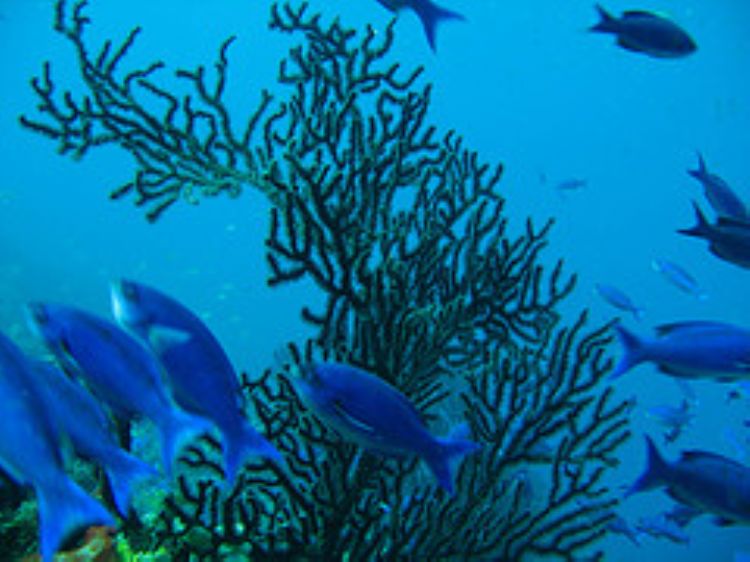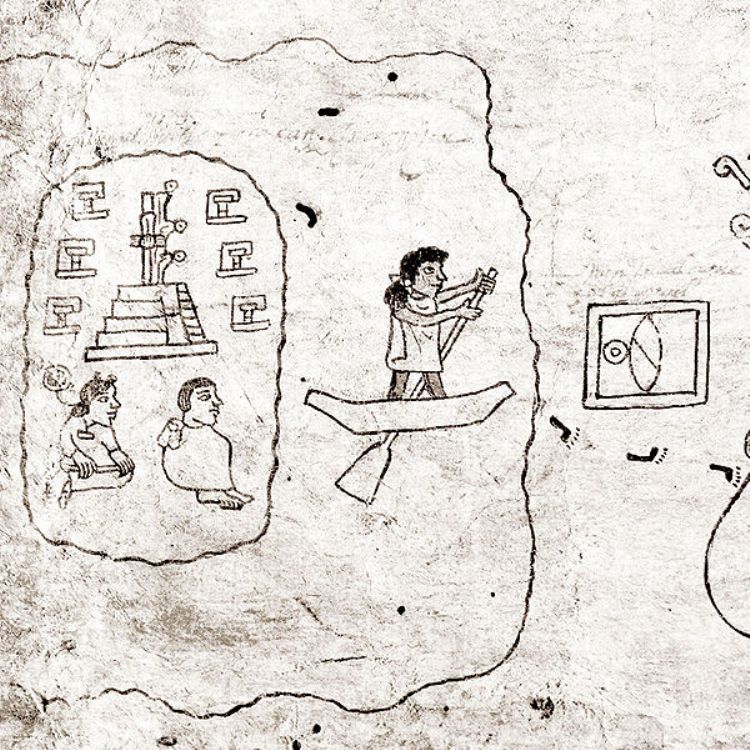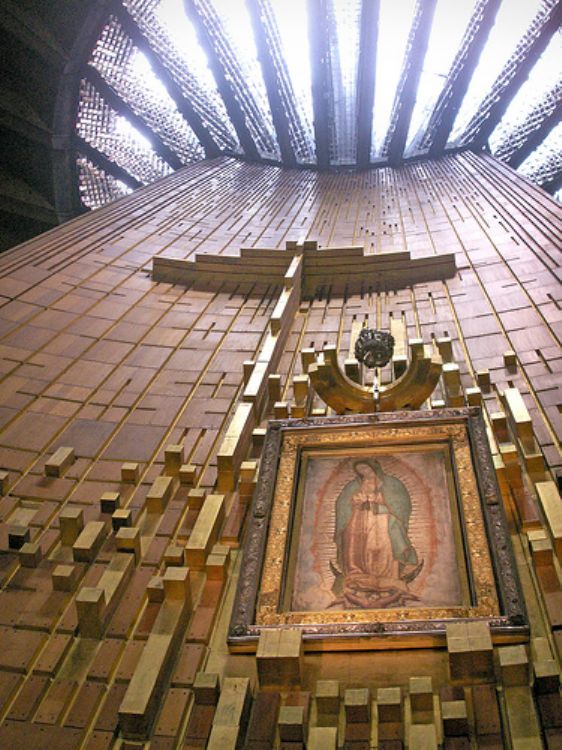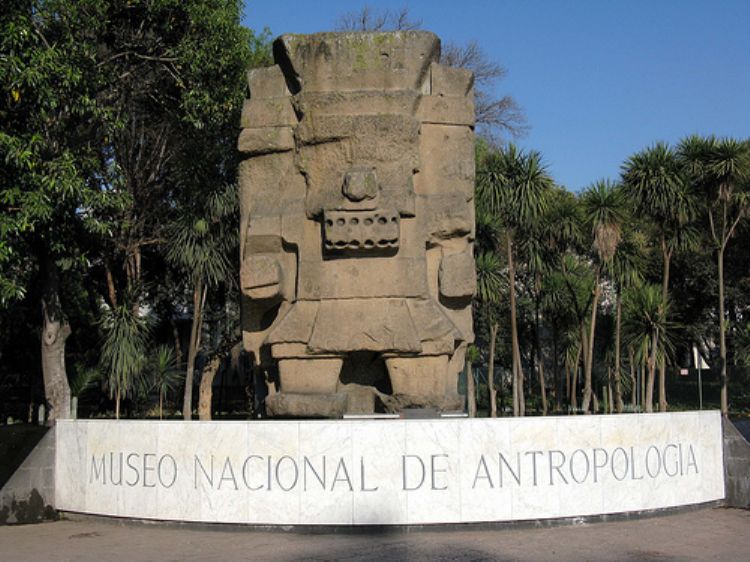Veracruz Coral Reef System

The Veracruz Coral Reef System is composed of two areas, one in front of the city of Veracruz and another in front of Punta Antón Lizardo.
This system is integrated by islands, islets and twenty-three reefs that form a submarine mountain range located in the inner portion of the continental platform of the Gulf of Mexico. It is considered one of MexicoâÂÂs most important for its size of 52,238 hectares.
This coral reef system is rich in flora and fauna. Its multiple coral species form a structure inhabited by hundreds of different fish, mollusks as clams and snails, starfish, sea urchins and a great variety of crustaceans, such as shrimp and lobsters. It has aquatic plants such as marine grass and many different algae.
Of great interest for those who like diving are the 350 ships sunken among the reefâÂÂs formations.
On August 24, 1992, then President Carlos Salinas de Gortari decreed this reef as National Sea Park. This denomination has protected it from irrational exploitation; however, the director of the Veracruz Coral Reef System National Park has informed that the system is affected by the pollution of agrochemicals and residues dumped into the rivers that flow to the sea. This pollution causes a serious damage to the corals and marine species that coexist in the coral reef system. Corals are very fragile and among the factors that harm them are water overheating, the destruction of nearby mangroves, human pollutants, land erosion and excessive fishing.
Among the activities offered by this spectacular site are the shark aquarium and aquarium, where you can appreciate animals from around the world, including manatees, piranhas and crocodiles. Another excellent option is to take a boat ride to the island of Sacrificios.
It is extremely interesting to visit the museum found inside the ancient fortress of San Juan de Ulua, in front of the port of Veracruz. During the XVI century, this building defended the region against pirate attacks, besides functioning as prison and presidential office.
Artículo Producido por el Equipo Editorial Explorando México.
Copyright Explorando México, Todos los Derechos Reservados.
Foto: Flickr






